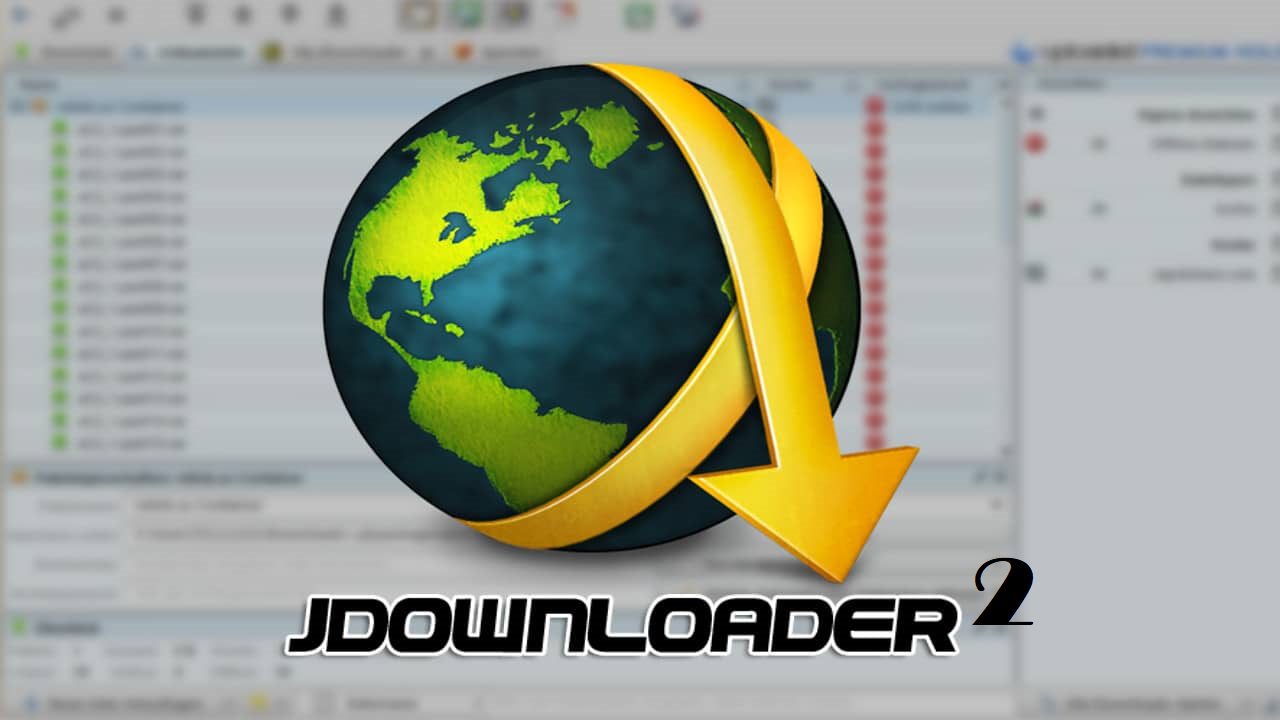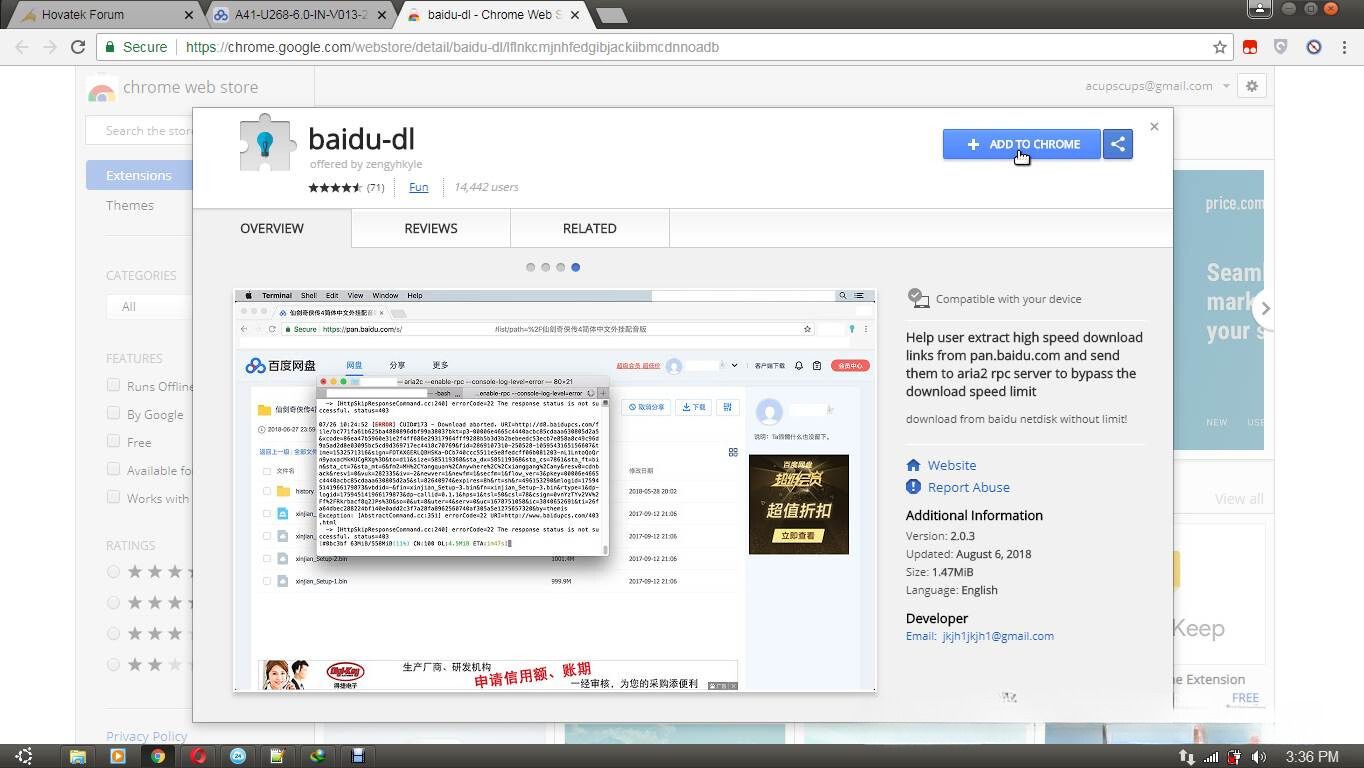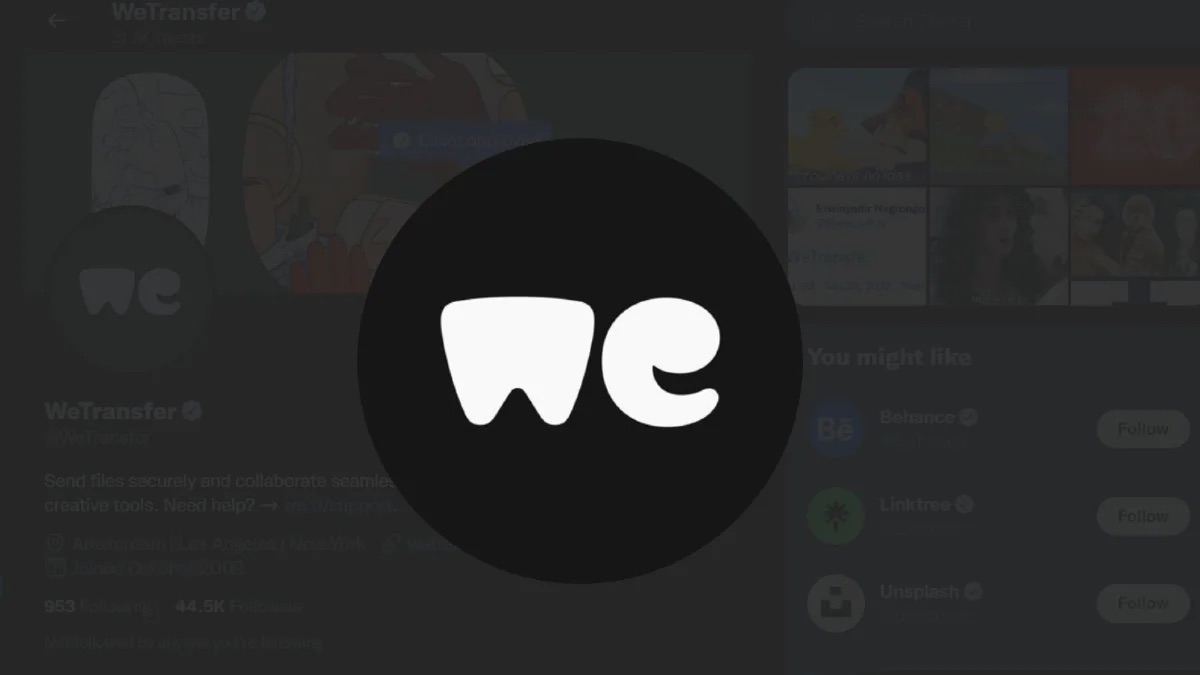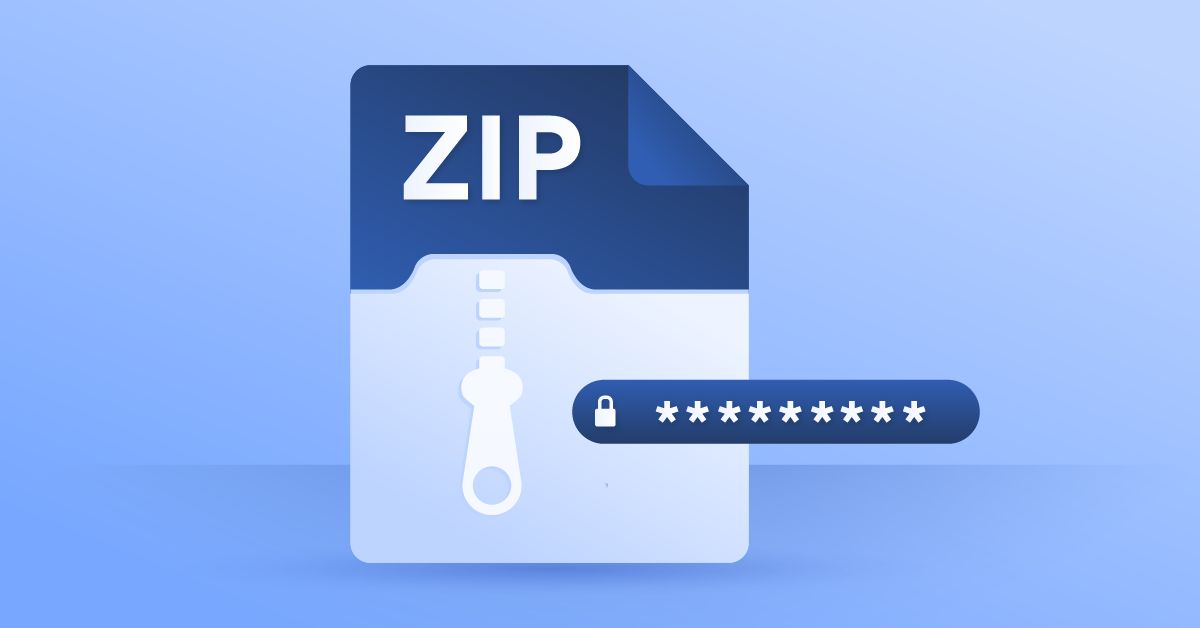Introduction
When it comes to sharing files on the web, having the ability to automatically download a file can save users valuable time and effort. This means that instead of the user having to manually click on a link, the file starts downloading immediately. Whether you’re a website owner, developer, or content creator, knowing how to make a link automatically download a file can greatly enhance the user experience on your website.
In this article, we will explore three different methods that you can use to achieve this functionality. First, we’ll look at using HTML5 attributes, which is the simplest approach if you’re working with static files. Then, we’ll delve into using JavaScript if you need more control over the file download. Lastly, we’ll explore how to achieve this using PHP, which is ideal for dynamic websites.
By the end of this article, you’ll have a clear understanding of how to make a link automatically download a file, regardless of whether you’re working with HTML, JavaScript, or PHP. So, let’s get started!
Option 1: Using HTML5 attributes
If you’re working with static files and want a straightforward solution, you can utilize HTML5 attributes to make a link automatically download a file. One such attribute is the download attribute, which can be added to an anchor (<a>) tag.
To implement this method, simply add the download attribute to your anchor tag, and specify the desired file name as the attribute’s value. For example:
<a href="path/to/your/file.pdf" download>Download File</a>By including the download attribute, you’re instructing the browser to initiate an automatic download when the link is clicked. The file will be saved with the specified name, allowing users to retrieve it without any additional steps.
It’s important to note that the download attribute only works for same-origin URLs. This means that you can only use it for files stored on the same domain or subdomain as your website. If you need to download a file from a different domain or subdomain, you’ll need to consider an alternative approach.
Moreover, not all browsers support the download attribute. It’s always a good practice to provide a fallback option for browsers that do not support this feature. In such cases, the file will be opened in the browser instead of being downloaded automatically.
Overall, using HTML5 attributes like the download attribute offers a simple and effective way to make a link automatically download a file. However, it’s important to be aware of the limitations and consider alternative approaches for more complex scenarios. Let’s now move on to the next option: Using JavaScript.
Option 2: Using JavaScript
If you require more control over the file download process, or if you need to download files from a different domain or subdomain, you can use JavaScript to make a link automatically download a file. This method allows for greater flexibility and customization compared to using HTML5 attributes alone.
The first step is to capture the click event on the link and prevent the default behavior, which would open the file in the browser. Instead, we want to trigger the file download. Here’s an example of how you can achieve this with JavaScript:
<a href="path/to/your/file.pdf" id="download-link">Download File</a>
In the code snippet above, we first assign an ID to our anchor tag to identify it easily. Then, using JavaScript, we add an event listener to capture the click event. Inside the event listener, we prevent the default link behavior and extract the file URL and name.
We then create a Blob object with the file URL and set its type to “application/octet-stream” to indicate that it should be downloaded. Next, we create a download URL for the file and assign it to a temporary `` element to initiate the file download.
By using JavaScript, you have more flexibility to handle various scenarios and customize the download process to fit your specific requirements. However, it’s important to test the code thoroughly and consider cross-browser compatibility when implementing this method.
Now that we have explored using JavaScript, let’s move on to the third option: Using PHP.
Option 3: Using PHP
If you have a dynamic website and need to generate download links on the server-side, using PHP can be a powerful approach to make a link automatically download a file. With PHP, you can dynamically generate the file and send it to the user’s browser.
To implement this method, first, create a PHP file that handles the file download process. This PHP file will typically retrieve the file from the server and send it to the user with appropriate headers. Here’s an example of how you can accomplish this:
<?php
$file = 'path/to/your/file.pdf';
if (file_exists($file)) {
header('Content-Description: File Transfer');
header('Content-Type: application/octet-stream');
header('Content-Disposition: attachment; filename="'.basename($file).'"');
header('Expires: 0');
header('Cache-Control: must-revalidate');
header('Pragma: public');
header('Content-Length: ' . filesize($file));
readfile($file);
exit;
}
?>In the code snippet above, we first check if the file exists on the server. If it does, we set the appropriate headers to indicate that the file should be downloaded rather than displayed in the browser. We specify the file’s name, type, and size. Then, we use the `readfile()` function to send the file’s contents to the user’s browser.
To use this PHP script, you can create a link that points to it:
<a href="download.php">Download File</a>This link will trigger the PHP file, which will initiate the download process for the specified file. You can customize the PHP script further to handle different file types, add security measures, or provide a dynamic file name based on your application’s logic.
Using PHP provides a great deal of flexibility for generating download links dynamically and allows you to implement additional functionality as needed. However, it requires server-side processing, so it may not be suitable for all scenarios.
Now that we’ve explored three different options – using HTML5 attributes, JavaScript, and PHP – you have a solid understanding of how to make a link automatically download a file. By choosing the appropriate method based on your requirements, you can enhance user experience and make file downloads more efficient on your website.
Conclusion
In this article, we have explored three different methods to make a link automatically download a file. HTML5 attributes, such as the download attribute, provide a simple solution for static files and same-origin URLs. JavaScript allows for greater control and customization, making it suitable for handling various scenarios, including different domains or subdomains. On the other hand, PHP provides server-side processing, which is ideal for generating dynamic download links.
By utilizing these methods, you can enhance the user experience on your website by eliminating the need for users to manually initiate downloads. This can save them time and effort, especially when dealing with large or multiple files. Additionally, automatic file downloads can provide a more seamless and intuitive browsing experience, particularly when sharing resources such as documents, images, or media files.
When implementing any of these methods, it is essential to consider cross-browser compatibility and test thoroughly to ensure that the download functionality works as expected across different platforms. Additionally, always keep security in mind, especially when dealing with user-generated content or sensitive information.
Remember, the choice of method depends on your specific requirements and the nature of your website or application. Whether you opt for HTML5 attributes, JavaScript, or PHP, each method offers its own advantages and considerations. Evaluate your needs and select the approach that best fits your project’s scope and objectives.
With the knowledge gained from this article, you should now be equipped with the skills to make a link automatically download a file, enhancing the usability and convenience of your website. Implementing this functionality can not only improve the overall user experience but also showcase your attention to detail and commitment to delivering valuable content. So go ahead, implement these techniques, and take your file sharing capabilities to the next level!

























